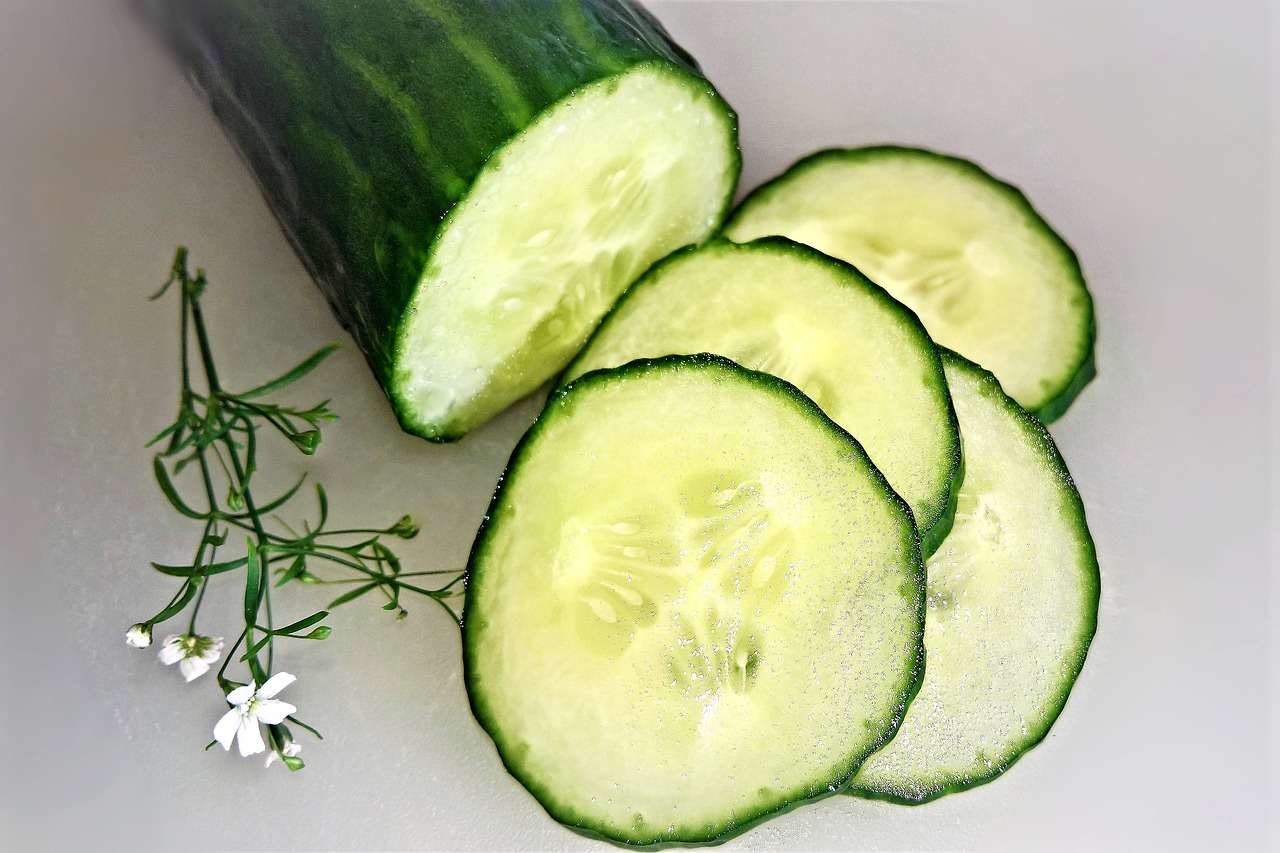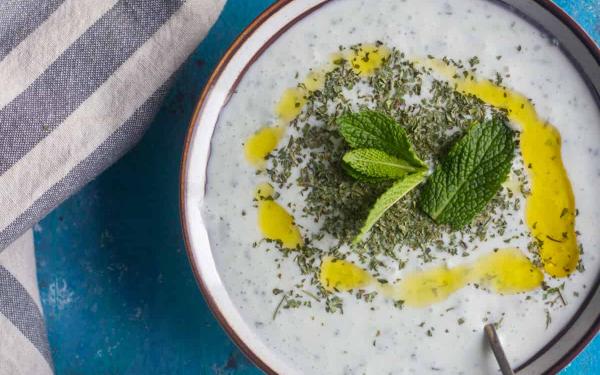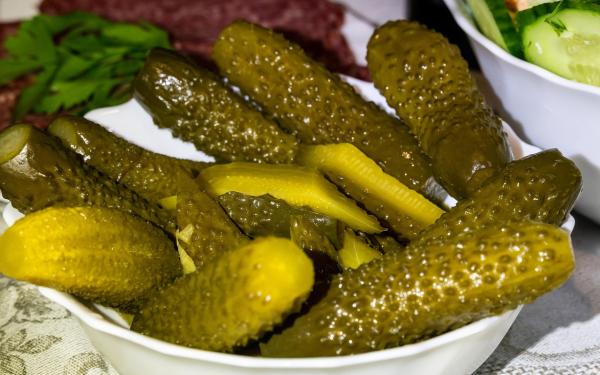Cucumber (Cucumis sativus) is a vining fruit that originates in South Asia, although it is now grown globally [1]. Although we don’t know the exact path cucumbers took to end up in the Middle East and the rest of the world, various Syriac, Persian, and Byzantine sources do give evidence that cucumbers had reached Iran, Iraq, and Turkey by the 6th or 7th century (BC). From there, it is likely that cucumbers were spread to Europe through trade and warfare, and then to the Americas [2].
Cucumbers grow quickly, and they thrive in loose, well-drained soil, lots of organic matter, full-sun and warm temperatures. However, they do require adequate watering to prevent them from tasting bitter. Although cucumbers prefer slightly acidic soil, they can tolerate very slightly basic soil as well, which is more common to the Middle East [3].
In the Middle East, Iran is known especially for producing ‘Persian Cucumbers’, or mini-cucumbers, which also likely originate from India. These cucumbers were recognized by various ancient texts, including the Christian and Hebrew Bible, the Qur’an, and the writings of Aristotle. It is also said that Alexander the Great was a fan of these cucumbers, frequently providing them to his soldiers for their refreshing properties [4].

Growing Instructions for Seedless Cucumber
CULTURE: May be grown indoors or outdoors, like normal cucumbers. They do not need pollination to grow fruits. Fruits are seedless, unless bees transfer pollen from seeded cucumber varieties.
Transplant (recommended) — Sow 1–2 seeds per cell in 50-cell trays, 1/2” deep. Keep temperature at 80–85°F/27–29°C until emergence. Grow plants at 73–76°F/22-24°C with a minimum night temperature of 70°F/21°C. After 4 weeks, transplant outdoors, or into 70°F/21°C greenhouse soil or grow bags, plants 18–24” apart in rows 4–5’ apart.
Direct seed — Wait for 70°F/21°C soil temperature. Sow 2–4” apart, 1/2” deep, thinning to 8–12” apart.
Trellising: This is necessary in the greenhouse, but optional outdoors. Tie a twine between a 6–7’ high top wire and the base of the plant using a loose, single overhand knot; as the plant grows, carefully spiral it up the twine. Other trellising types can be used, but we recommend this method. Prune off all fruit to the 6th node (about 3 1/2’) Prune lateral growth points to the wire. Pinch out all but one fruit at each node. Water regularly. When vines reach the wire, allow side branches on 3 nodes to grow, training main stem along wire and allowing side branches to hang. When trellising vines, be careful to avoid wrapping over tiny fruits.
HARVEST: Pick fruits regularly in the morning. Ensure proper ventilation. After harvesting the main stem fruit, stimulate regrowth with an extra dose of nitrogen.
DISEASES AND PESTS: In the field — At time of planting, cover with fabric row cover to protect from insect pests. Control striped and spotted cucumber beetles with azardirachtin or pyrethrin. In the greenhouse — For disease prevention, keep well ventilated and avoid wetting leaves or stems when watering. Control spider mites with insecticidal soap.
Cultural Relevance of Cucumber
Cucumbers are believed to have been cultivated in the Middle East since ancient times, and continue to be produced today. In ancient times, they were grown along the Nile river in Ancient Egypt, in Persia, in ancient Israel, and many other countries of the region. One Roman emperor even loved cucumbers so much that he requested to eat them year round — leading to the creation of the first ever greenhouse structure [5].
Today, Turkey and Iran are both among the top producers of cucumbers in the world, likely due to their fertile soil and warm temperatures. Israel also has history in cucumber production, as the Beit Alfa Kibbutz produced a new breed of Persian cucumber in the 1940s and has continued to improve their cucumber varieties ever since [6].
Cucumbers have long been used for medicinal purposes in both the Middle East and elsewhere. In various ancient Middle Eastern cultures, cucumbers were thought to cure sore throats, headaches, constipation, swelling, coughs and fevers, sunburn, scorpion bites, and even bad breath [5].
In ancient Egypt, cucumbers were even thought to be a symbol of fertility and were often used in religious practices as a result. Ancient Jewish communities had a similar belief, and during the festival of Sukkot, people would wave bundles of branches that contained a citrus fruit and a cucumber, and the waving of the cucumber was thought to promote health, vitality, and fertility. Additionally, in ancient Rome, which spanned much of the Middle East, cucumbers were often eaten by athletes to improve their performance, and they were used for cosmetic and therapeutic reasons as well [5].
Cucumber is often used in culinary purposes for its refreshing taste and crisp texture. Raw cucumbers are composed of 95% water, helping to create their hydrating effect. While relatively low in micronutrients, it does contain large amounts of vitamin K. There are three main types of cucumber used for culinary purposes: slicing, pickling, and seedless. Cucumber shoots can also be eaten as a vegetable, but this is not a particularly common practice across the Middle East [1].
In the Middle East, cucumbers are frequently used for salads, soups, sauces, dips, pickling, and toppings, although they are also frequently eaten raw and sliced, without additional preparation. While they are also enjoyed for their subtle and refreshing flavor, they are primarily used in Middle Eastern dishes as a way to add crunch and texture [7].



